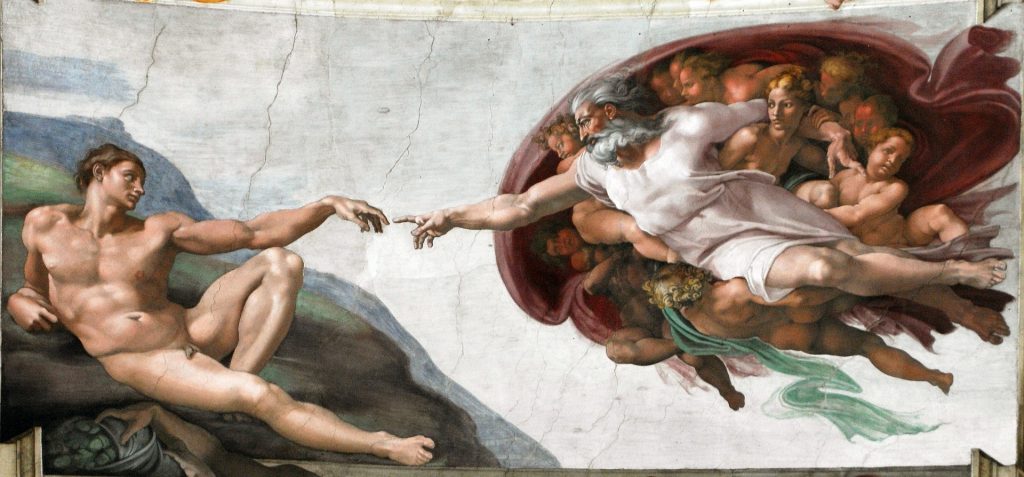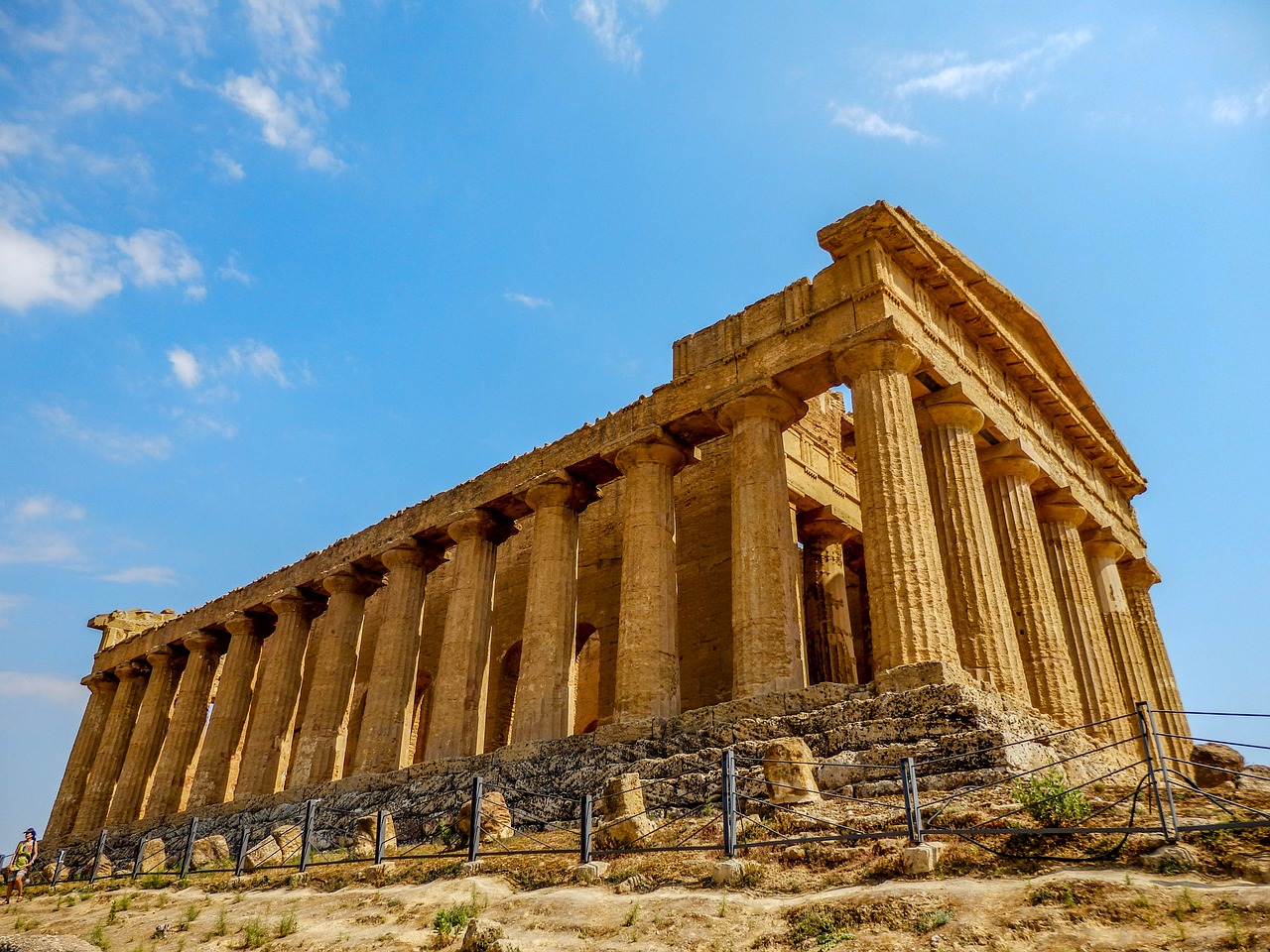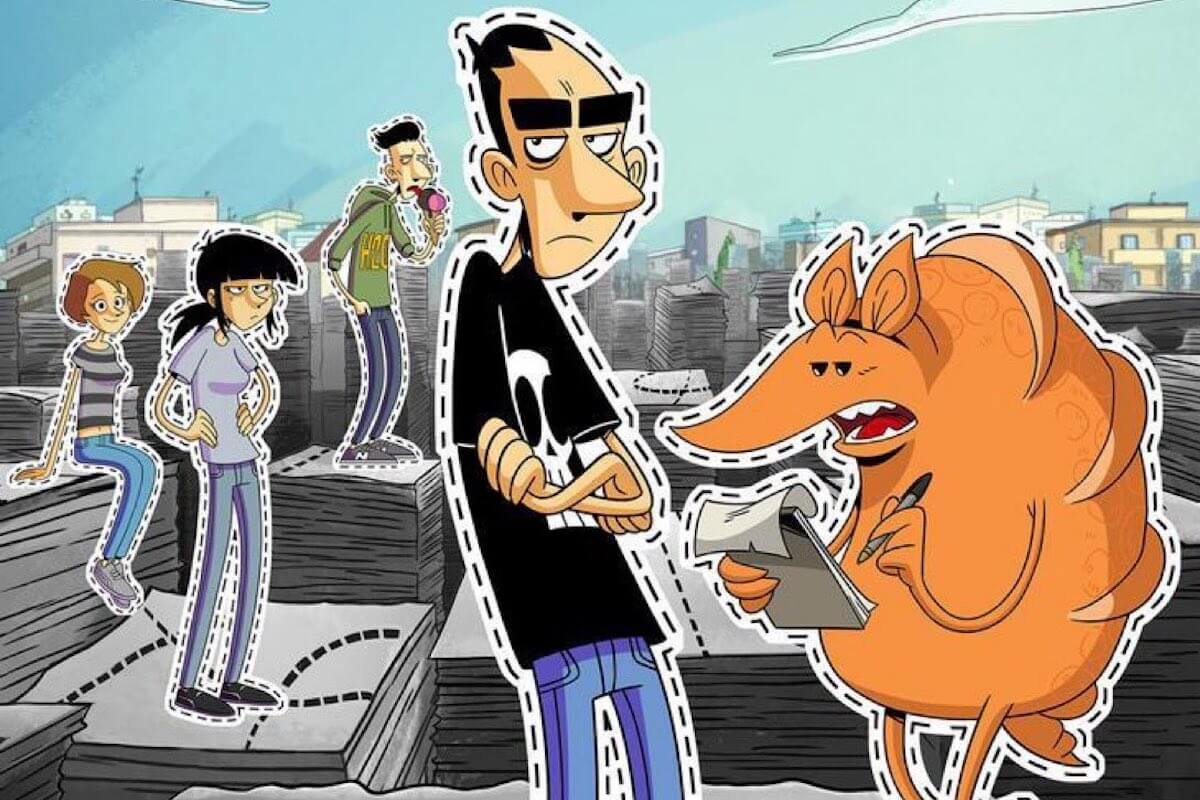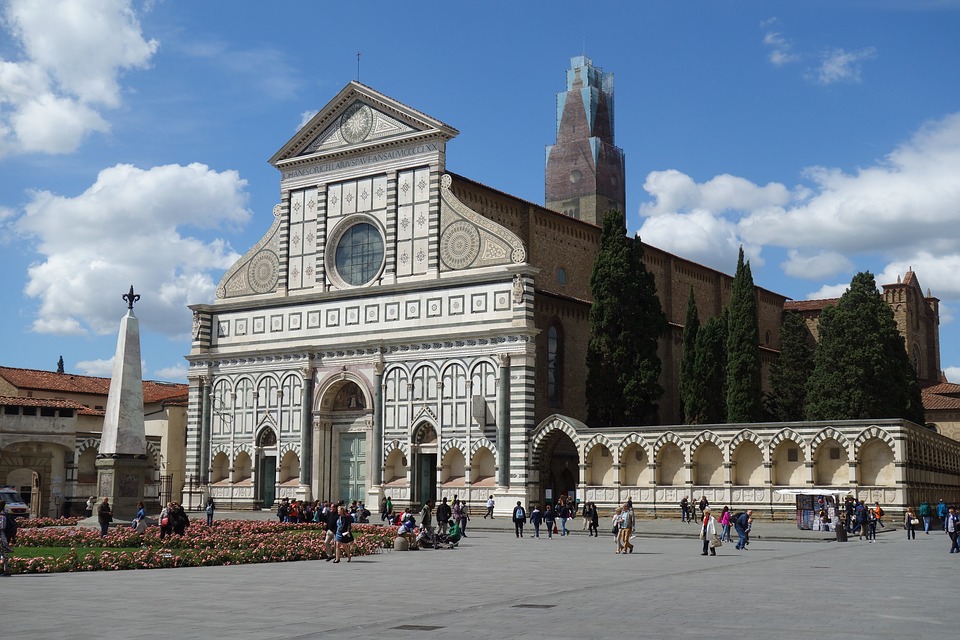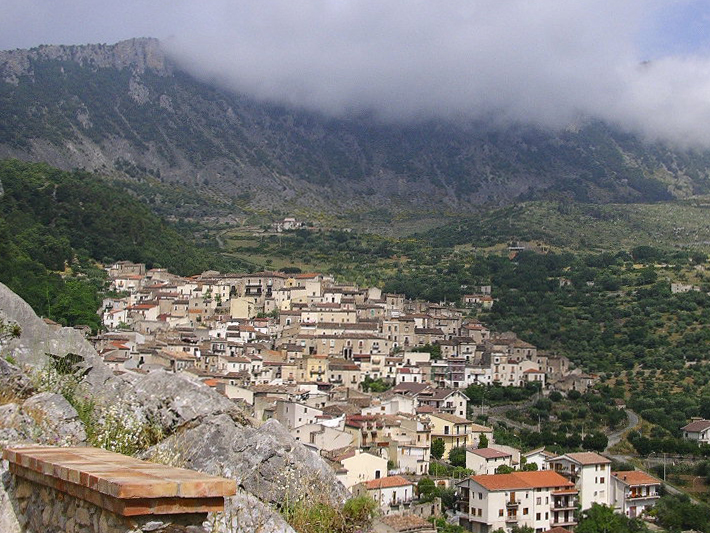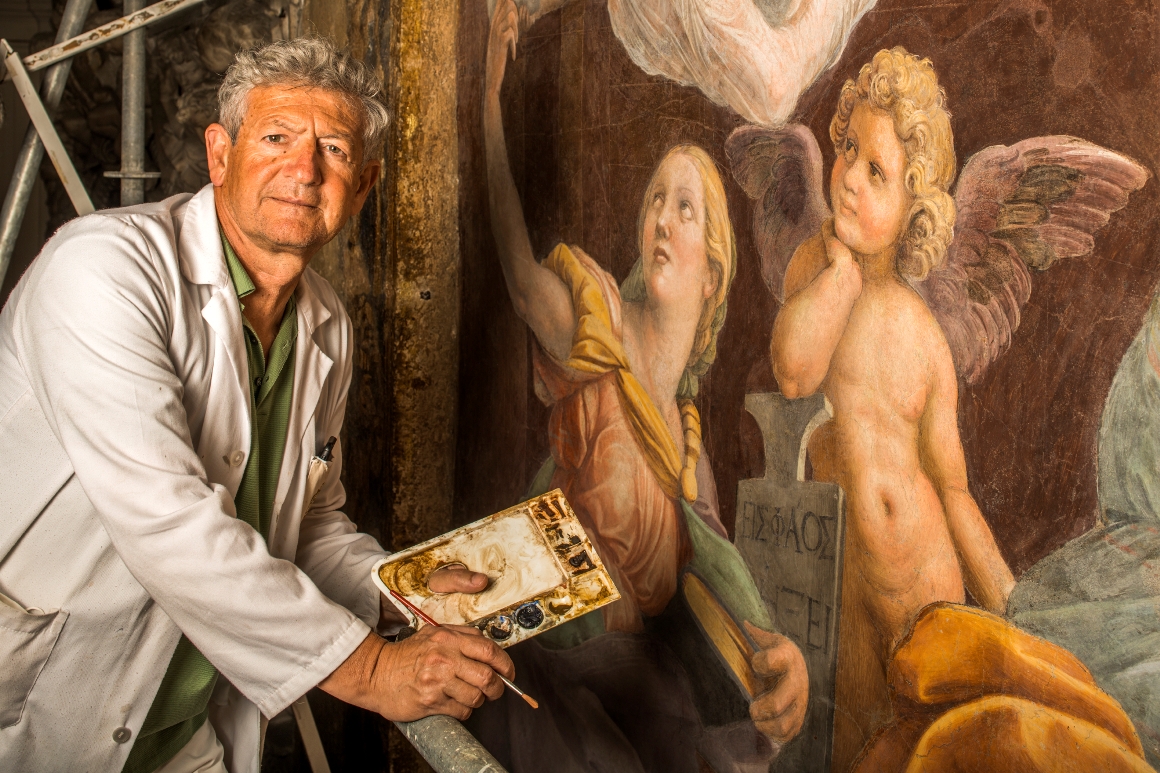It happened on November 1st over 500 years ago. For the first time the human gaze could admire the work of Michelangelo. Those frescoes on the ceiling of the Sistine Chapel that still today keep visitors with their nose hanging up. So precious that they cannot be photographed. In an attempt to preserve that masterpiece inaugurated on November 1, 1512. A quick look is not enough. Many details to get lost in. And then we stop a bit to capture one of the most important artistic products in history.
Birth of a masterpiece
The Sistine Chapel hosts numerous works that are the fruit of the hand and talent of renowned artists. Not only Michelangelo but also Perugino, Ghirlandaio, Botticelli. These are just some of the names among the most renowned authors. But when is all this born? A step back in time is useful to contextualize. Commissioned by Pope Sixtus IV della Rovere, the Sistine Chapel, which takes its name from the pontiff, was built at the end of the fifteenth century. Dedicated to the Assumption it represents the place where the most important ceremonies took place and take place today. Among these is the conclave for the election of the new Pope.
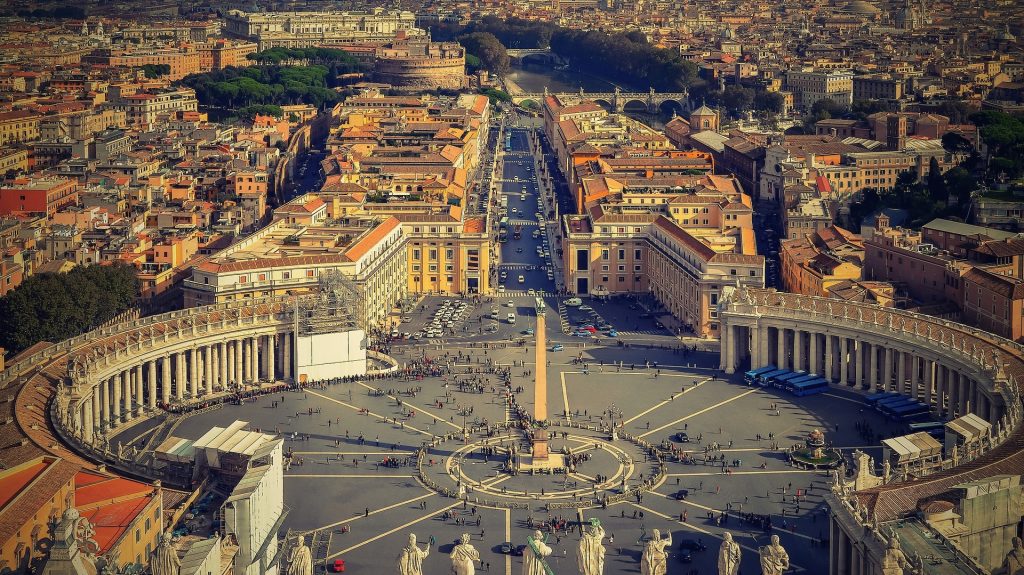
A simple barrel vault characterizes the structure. On the walls, punctuated by the twenty openings, the frescoes of various artists who first contributed to the decoration. On the ceiling at first it seems there was a simple starry sky. The work of Pier Matteo d’Amelia was preserved until Pope Julius II commissioned Michelangelo to decorate the new vault. Their relationship was rather singular, at times stormy. Responsible for the irascible character of both.
Sistine Chapel: frescoes and strange subterfuges
Pope Julius II also called Michelangelo for the realization of his own burial. An imposing mausoleum, enriched by numerous statues, a real celebratory monument. A path during which the artist struggled a lot, bickering several times with the pontiff. So how to reconcile on different occasions. Until Julius II, at the invitation of Donato Bramante, commissioned to Buonarroti the Sistine Chapel. What good advice, one might think. Yet behind the words of Bramante lies another purpose.
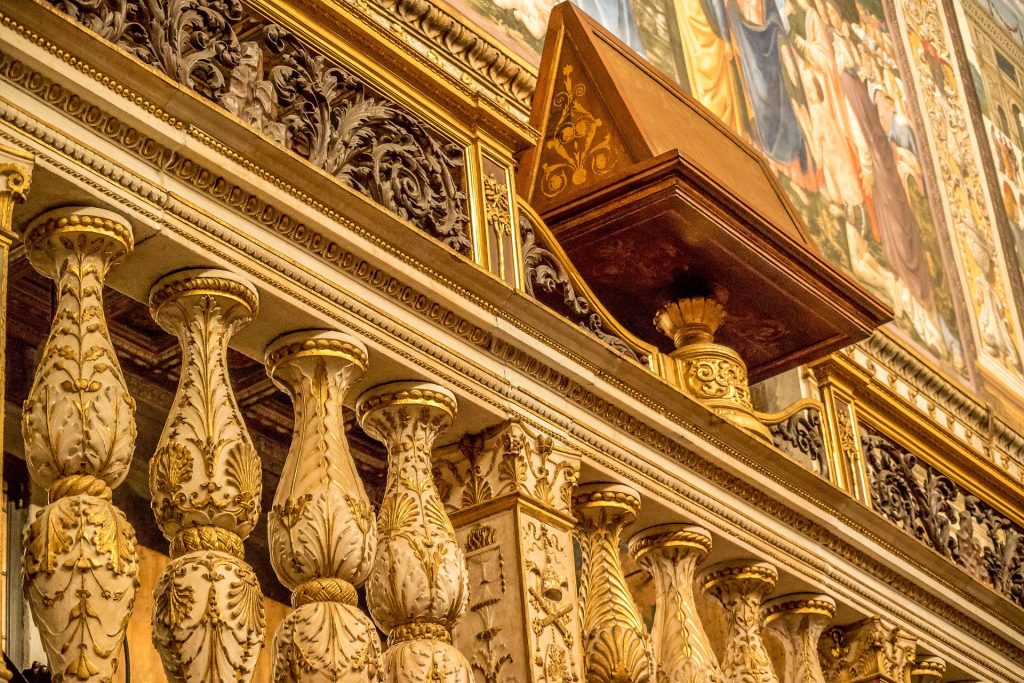
In fact, it seems that the same one suggested the name of Michelangelo to the Pope to test him on the wall painting. Technique in which it was probably not very practical. And at the same time deprive him of the commission of the monumental tomb that he could never have found space in the new factory of San Pietro. Works presided over by Bramante himself. Yet from here one of the best works of man was born. There is to be lost in lingering with the eyes in all those details. The frescoes concluded in 1512 were those on the vault. Here Julius II indicated Michelangelo to depict the apostles as well as rich stories of suffering within geometric fields. However, it seems that the work could not take the right turn. Thus the Pope left a certain executive autonomy to the Master.
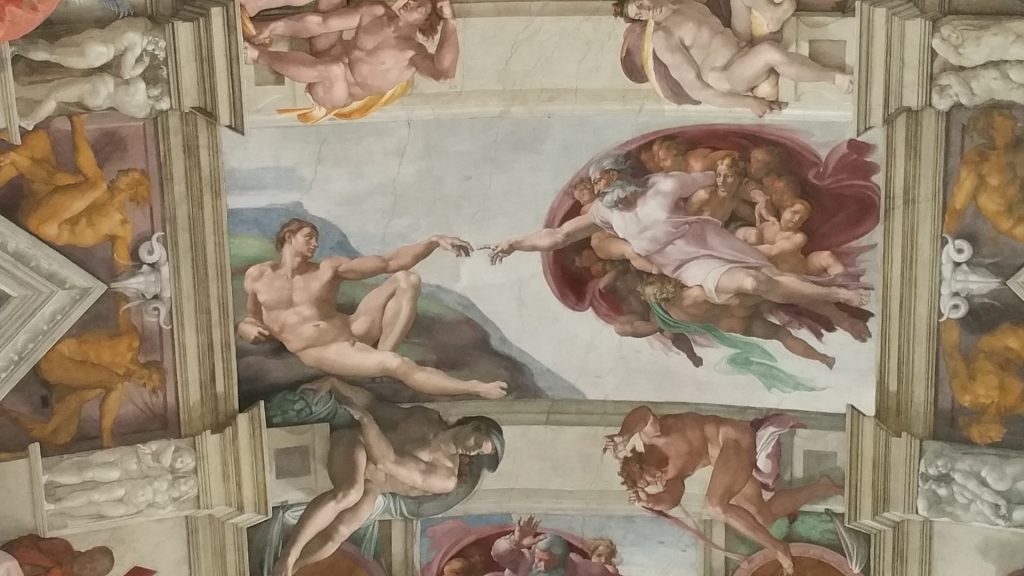
Organized on the model of the ancient Roman paintings, it is composed of schemes capable of creating a perspective illusion. Inside there are narrative representations. Thus we see the ancestors of Christ, the Prophets and the Sibyls who foretold the Messiah. And again the nine episodes of Genesis divided into three groups. The origin of the Universe, of Man and of Evil. And the Last Judgment? This was subsequent work at the ceiling. The large fresco created between 1536 and 1541 in which 400 people revolve around Christ. Today, more than 500 years later, the decoration of the Sistine is a source of Italian pride. Tourists from all over the world looking upwards, stopping to overcrowd a room that suddenly appears small.

